Oatmeal or porridge is often considered to be one of the most popular breakfast dishes out there.
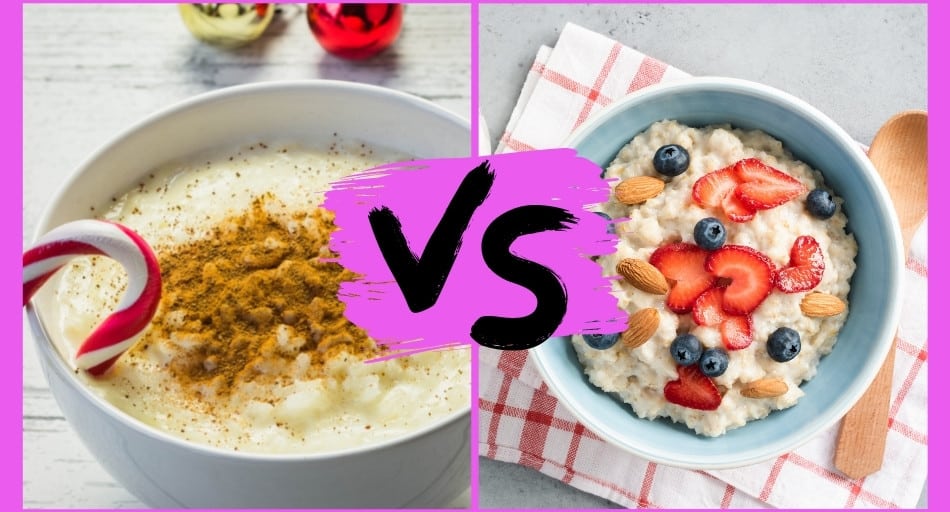
It’s easy to make, and there are endless possibilities when it comes to toppings and other additional ingredients.
But have you ever wondered why there are two names for the same dish? This begs the question: Is there a difference between oatmeal and porridge?
Table of Contents
Difference between oatmeal and porridge
While the two are often used interchangeably, oatmeal is actually not the same as porridge. They’re not made from exactly the same grains and ingredients. Also, the nutritional profile of both porridge and oatmeal will change based on added ingredients, so keep that in mind when making this dish.
Both dishes are healthy and rich in whole grains and vitamins, so you can definitely include both in your diet.
What is porridge, and what is oatmeal?
Porridge is a hot cereal made from a variety of grains, vegetables, and even legumes. It’s mostly boiled in water or milk, depending on the ingredients, until it becomes mushy.
It can be made from potatoes, wheat, rice, buckwheat, rye, and many other ingredients.
The basic recipe for porridge is the same around the world: The dry base is cooked until it becomes mushy, and then, you can add anything you’d like to it.
Oatmeal, on the other hand, is a type of porridge. It’s made from rolled, ground, or flattened oats, which is where the first difference begins.
You can buy old-fashioned or steel-cut oats or even instant oats that can be quickly microwaved. Since oatmeal is made with oats, many people add sweet ingredients to it, such as cinnamon, vanilla, or fruit and nuts.
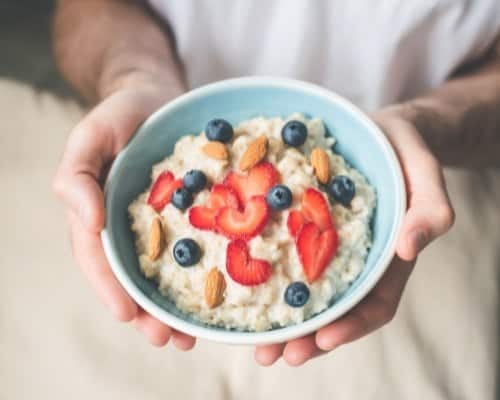
This is one main difference as oatmeal can be only made with oats, while porridge can be made with oats and other grains and legumes.
Is porridge healthy?
Oatmeal and porridge are both incredibly nutritious meals. Their health benefits, though, depending on the ingredients you add the dry base.
For example, eating porridge with legumes can help you load up on essential plant compounds and antioxidants.
These help flush out harmful free radicals from your body, preventing inflammation, oxidative damage, and the development of various chronic conditions.
If you make porridge with oats, also called oatmeal, you’re getting different health benefits, including lots of fiber.
This type of carb helps feed the ‘good’ gut bacteria in your stomach, contributing to the health of your digestive system.
Fiber also helps soak up excess stomach acid, so eating oatmeal might be very beneficial for people struggling with acid reflux and GERD symptoms.
If you cook your porridge or oatmeal with milk, you can also get a lot of calcium and vitamin D.
These two micronutrients help keep your bones healthy. Getting enough vitamin D and calcium from your diet also boosts your immune system, making you less likely to fall ill.
When these two nutrients work together, they may even protect you against certain types of cancer, diabetes, and high blood pressure.
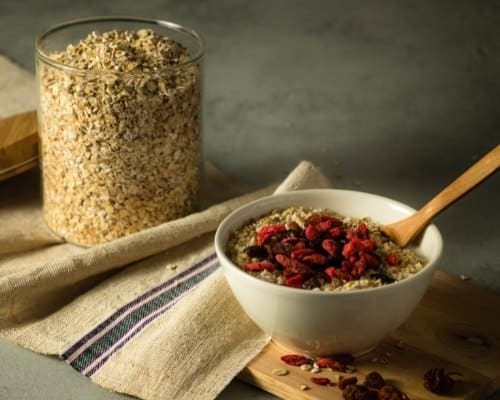
So, it might be best to choose to cook your oatmeal or porridge with milk to get additional health benefits.
Legumes and certain other whole grains are also great sources of manganese. This mineral helps your body form connective tissues, bones, blood clotting factors, and sex hormones.
It also aids in carbohydrate and fat metabolism and calcium absorption.
As a result, it’s a good idea to get your manganese from foods that are also good sources of calcium to increase how much of this mineral your body absorbs.
What types of porridge are out there?
Depending on the region of the world, there are many ways to prepare porridge.
Almost every single country has its own version of porridge, but some versions are more popular than others.
So, let’s look at some of the most popular porridge styles.
- Congee – an Asian rice porridge. It’s made with boiled rice, either short- or long-grain, that has been cooked long enough to become very soft and mushy. It’s often served as a side dish with other foods, with different Asian countries and regions having their own varieties.
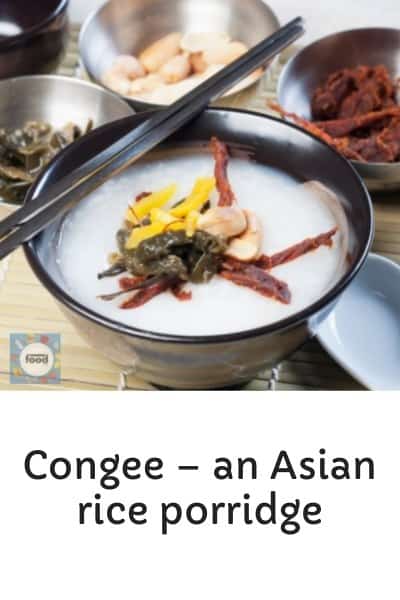
- Hasty pudding – a version of porridge made with ground corn. It’s usually served warm with vanilla ice cream or whipped cream, making this more of a dessert than a breakfast dish. This type of porridge is especially popular in the United States.
- Cream of Wheat – a type of porridge, often made from the box, prepared with boiling water or milk. It contains farina, which is a form of milled wheat, the main ingredient in cream of wheat.
- Oatmeal – a porridge made from oats. It’s often consumed as a breakfast food, topped with nuts and cinnamon, but may also be used as a base for other meals, such as cookies, stuffing for poultry, and even as the main ingredient in haggis.
- Kasha – a type of porridge made of cereal, mostly popular in Central and Eastern Europe as well as the United States. Usually, it consists of wheat, barley, oats, millet, and rye. This dish is often served for dinner instead of breakfast.
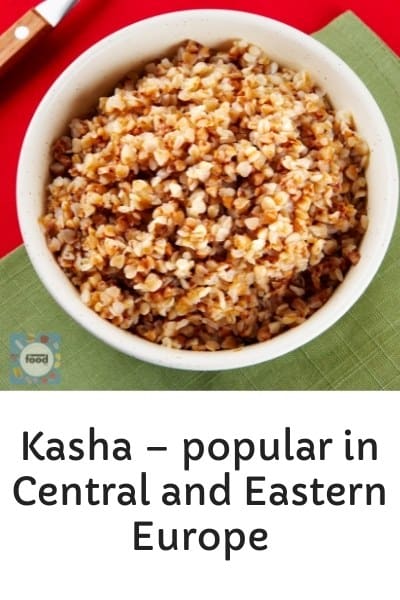
- Grits – a type of porridge first prepared by Native Americans centuries ago. It’s made from boiled cornmeal either in water or milk or even both. It’s often served with butter, sugar, grated cheese, sausage, bacon, salt and pepper, and even gravy – all depending on your preferences.
These are just some of the most popular porridge types.
As you can see, most preparation methods don’t require too much cooking or skills, which is one of the reasons why porridge is so popular around the world.
Conclusion
While many people use the terms porridge and oatmeal interchangeably, the two are actually not one and the same.
To put it simply: Oatmeal is porridge, but not all porridge is oatmeal. Porridge can be made with more grains than just oats, also including legumes.
So, there is an abundance of ways you can prepare this delicious breakfast food, all depending on your preferences and mood.
